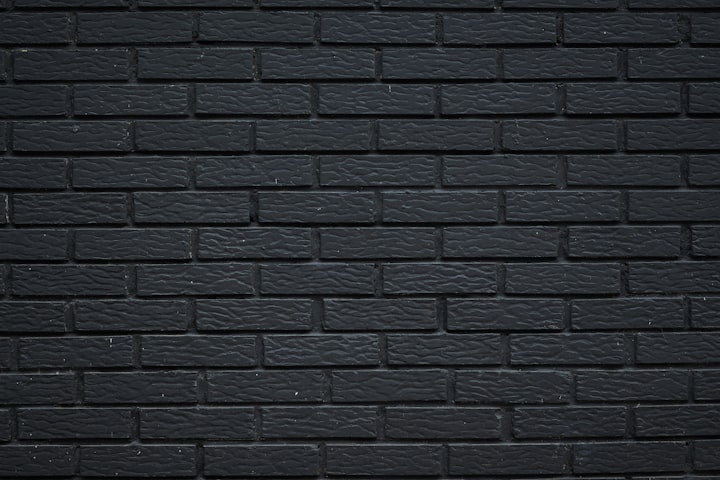Lindor Versus Correa Versus Bogaerts: Battle of the Elite Shortstops
Comparing the top young shortstops of the game is daring, but the winner is clear

There’s quite the disparity between the best three shortstops in the AL and the rest of the shortstops in the league. In 2016, Francisco Lindor was worth 6.3 fWAR, Carlos Correa was worth 4.9 fWAR and Xander Bogaerts was worth 4.7 fWAR — then the next closest AL SS was Troy Tulowitzki, worth only 2.8 fWAR. That’s quite the gap between tier one and tier two for AL shortstops.
But who’s the best among tier one? It’s not as easy as throwing WAR or wRC+ out there — a definitive answer won’t be found with a single statistics. The best way to figure out who is the better player is to break them down in terms of their skills.
Getting on Base
All three players have roughly equal OBPs — in the past 2 years, Lindor leads the pack with a .356 OBP, followed by Bogaerts with .355, and then, in a distant third, Correa brings up the rear with a .354 OBP. Lindor and Bogaerts are near equals in terms of BA (.306 and .307 respectively), but outpace Correa significantly (.276) — Correa, however, is able to make up the difference by drawing far more walks than the other two.
Correa is a patient hitter at the plate, and as a result, doesn’t put the ball in play as often as Lindor or Bogaerts. But the ability to draw walks is a huge tool — look at 1B Joey Votto, who is consistently among the league leaders in OBP because he draws walks and gets hits so effectively. That’s why I’m giving the edge to Correa — the ability to draw walks is a huge tool, and Correa isn’t a slouch with the bat either.
Edge: Correa
Hitting for Power
Putting the ball in play is one thing, but putting the ball in play hard is another. Correa is by far and away the best at this: via Fangraph’s batted ball data, Correa had a hard-hit% of 37.2% in 2016, easily topping Bogaerts’ 30.6% and Lindor’s 27.5%.
However, Correa and Bogaerts displayed similar power in 2016, a part of a league-wide power surge — Correa slugged .451 while Bogaerts slugged .446 (Lindor slugged .435). However, Correa had the far better isolated power — .177 to Bogaert’s .152. A lot of this comes from Correa’s patience at the plate. By working deep counts, he can wait for a pitch that he likes, then drive it.
Correa has also exhibited impressive power in the past, slugging 22 HRs with a .233 ISO his rookie campaign. But this season, despite his power taking a step backwards (ISO and SLG dropped significantly, likely to injury according to Eno Sarris), he was still the best power-hitting shortstop in the group. Correa can bounce back (if you can “bounce back” from a .812 OPS season) and show off even more power than Bogaerts or Lindor will ever manage.
Edge: Correa
Fielding
We can look at UZR/150 to figure out who the best fielder is objectively. UZR measures how many runs a player saves with their fielding, based on how good their range is, how frequently they turn double plays, etc. compared to a replacement level fielder, and UZR/150 gives us a 150 game average. UZR works best in large sample sizes, so to get as accurate of a picture of each player as a shortstop, we’ll look at them over their relatively young careers.
And damn — Lindor’s edge is huge. Lindor has an incredible range: he’s been worth 27.9 RngR (Range Runs saved) over the course of his career, whereas Correa and Bogaerts have been worth -1.1 and -8.6. Lindor led all shortstops in 2016 in RngR — he simply has fantastic range.
Lindor also has an edge in DPR (Double Play Runs saved), and a respectable ErrR (Error Runs saved), which is why he blows the other two away in terms of UZR/150. Lindor has a 20.2 UZR/150 figure, far ahead of Bogaert’s -1.0 and Correa’s -7.0. While Bogaerts and Correa are both respectable defensive shortstops, Lindor is lightyears ahead of them.
Edge: Lindor
Baserunning
None of our tier one shortstops are blazing base paths in the style of 2007 Jose Reyes, but they all have reasonable speed for a player today. In 2016, Lindor led the pack with 19 stolen bases and a 79% success rate, whereas Correa and Bogaerts each picked up a respectable 13 SB with 76% and 81% respectively — so there’s not a lot of parity here in the stolen base department.
By Fangraph’s speed score, Lindor has a slight advantage in terms of speed over Correa and Bogaerts again with a score of 5.5 to Correa and Bogaert’s 4.5 (a 4.5 is about average, for comparison's sake).
However, according to BsR (Fangraph’s measure of value provided through base running), it’s Bogaerts who’s at the top. BsR incorporates stolen bases, how good a player is at running the bases normally, and how good a player is at beating out double plays. Bogaerts recorded a value of 6.1 BsR in 2016, ahead of Correa’s 4.0 and Lindor’s 1.0.
On the basis that Bogaerts simply provided more value on the base paths than Lindor or Correa, we’ll have to give this one to Bogaerts.
Edge: Bogaerts
The Winner Is…
Carlos Correa!
Correa’s bat is just too good to pass up. He’s a great base runner, and provides decent (if not gold glove) defense at shortstop, but the real appeal is the pop in his bat and his eye at the plate. There’s a reason he was compared to Alex Rodriguez as a prospect. Correa has a high ceiling and has lived up to expectations for most of his career thus far.
About the Creator
John Edwards
Staff Writer for The Unbalanced, Contributor at Sporting News.






Comments
There are no comments for this story
Be the first to respond and start the conversation.